Is there a way to show unobserved sets in ggupset?
Reprex
In this example, I would like to show B even though it is not observed.
library(ggplot2)
library(ggupset)
df <- data.frame(x = I(list(c("A", "C"),
"A",
"C")))
df %>%
ggplot(aes(x = x)) +
geom_bar(stat = 'count') +
scale_x_upset()
Attempts
# manually give sets (does not work)
df %>%
ggplot(aes(x = x)) +
geom_bar(stat = 'count') +
scale_x_upset(sets = LETTERS[1:3])
# add to data, but do not show (does not work)
df %>%
tibble::add_row(x = list("B")) %>%
ggplot(aes(x = x)) +
geom_bar(stat = 'count') +
scale_x_upset(n_sets = 2)
Expected Output
It would be nice to be able to sort the set labels to show A, B, C rather than A, C, B.



